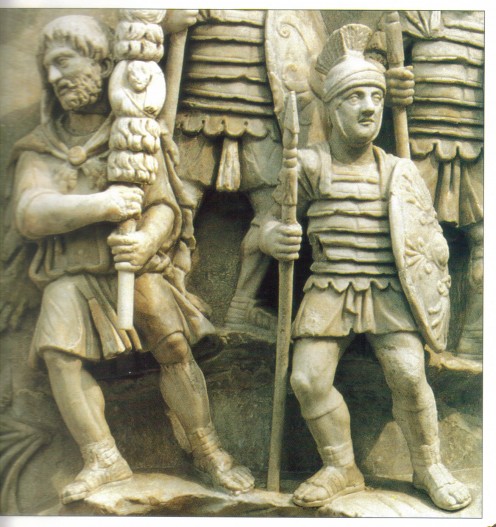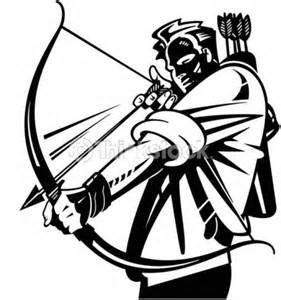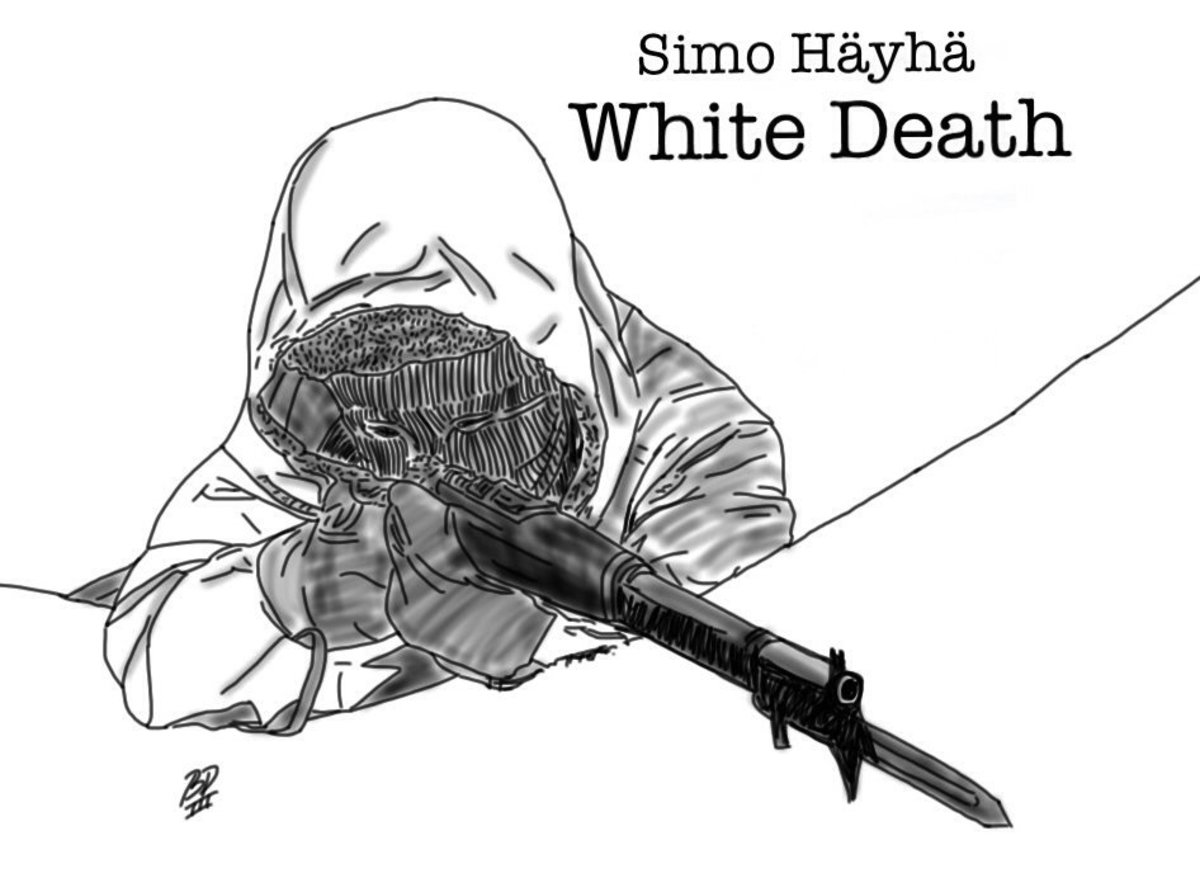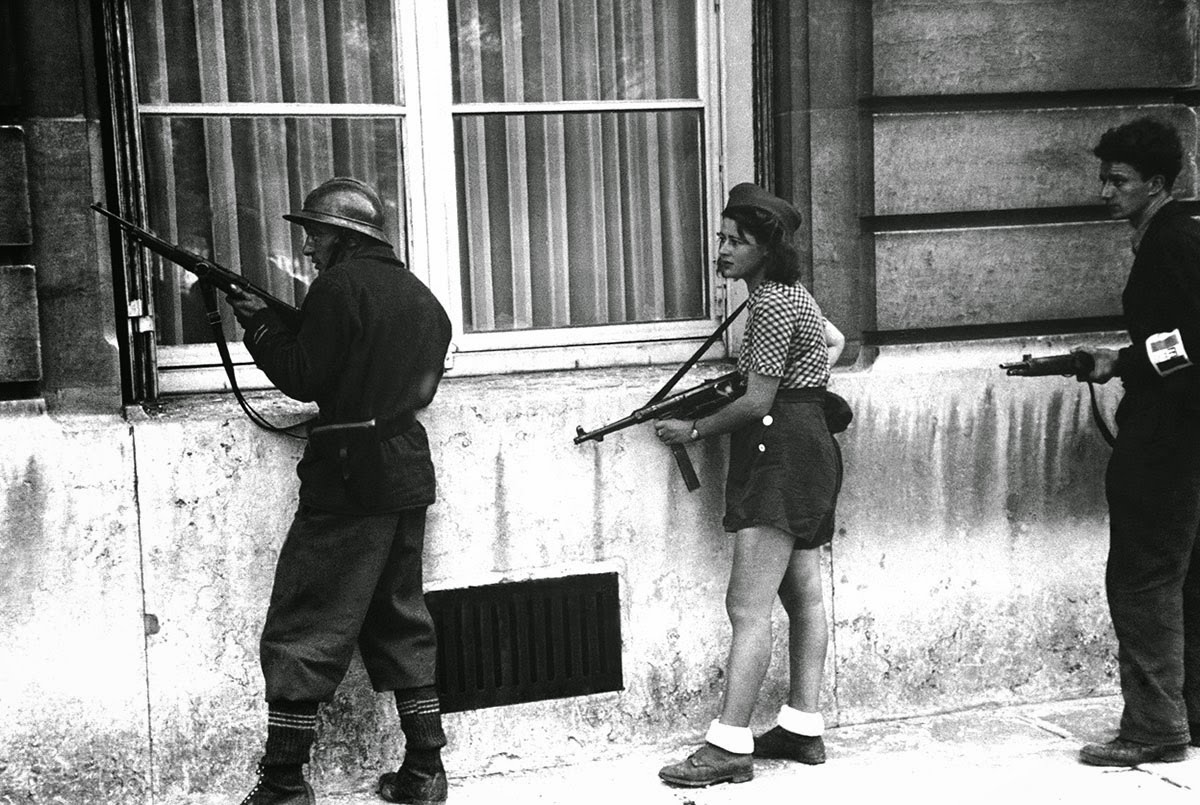- HubPages»
- Education and Science»
- History & Archaeology»
- Military History
Conflicts & Wars Around the Globe - The Fall of Carthage
The continuing cycle of barbaric conflicts and wars
The human legacy of hatred and wars still runs rampant today.
It is revered more than brotherhood and love.
As long as profits remain the ultimate goal of a society - these hateful traits will remain our only legacy to future generations.
In today's times those who cause the wars will never fight in them.
Traditional Roman Soldiers Garb. The Roman standard bearer and infantryman, shown in a detail from a relief, represents the fundamental and most enduring

The Fall of Carthage
It began in 149 BC when the Romans placed it under siege. After more than 600 years in existence the city seemed impenetrable. It had been built on a high point of land, or rock, (known as a promontory), projecting into the Bay of Tunis, and protected on the east by the Mediterranean sea, and on the north, south and west by stone walls: built 40 feet high and 30 feet thick. When the Roman blockade cut off their supplies, the city's defenders became desperate from hunger and many died, or simply gave themselves up.
The final blow came in 146 BC when the Romans captured part of the protective wall. Soon the city was in Roman hands; and then step by step, they moved to advance toward the inner citadel.
The streets in this area were lined with six story houses. The Carthagians rained down showers of arrows on the invaders. To retaliate, the Romans destroyed each house, one after another, setting them on fire and demolishing the ruins. Can you imaging the terror of the town folks when the Roman legionaries threw their grapple hooks, attached to a long rope, from the ground to the tops of the apartment buildings and pulled them down one by one? As they pulled in the slack rope until it was taut, the buildings crumbled. and the soldiers then scattering as the shattered masonry and burning wood debris fell on the the streets before them.
The women and children stood plainly visible before their attackers. Their eyes burning from the dust and smoke all around them. They stood visible and vulnerable before their attackers, pleading desperately for mercy and compassion. They gazed into the eyes of their executioners who showed no mercy or compassion as they were slaughtered.
In the aftermath of the demolition squads, other troops packed down the rubble. The bodies of the dead and dying were flung haphazardly, along with the rubble and smoldering timbers.
After six nights of continuous and bitter fighting, the Romans reached the inner citadel. On the seventh day, it surrendered. Over 50,000 men, women and children, starving and demoralized, were taken prisoners and sold into slavery. The Carthaginian commander, Hasdrubal, and his family, were taken shortly after. But rather than face a life of slavery, and torture, his wife threw her children and herself into the burning temple ruins where some of the defenders had decided to fight to the last. The fires of Carthage raged for ten more days. Everything that was still standing was finally leveled, the site plowed and furrowed, then sown with salt (the sign that it was to remain a wasteland forever).
So ended the 600 years lifespan of Carthage. Just one more bleak episode in the legacy of man.
Bow and arrows

Beginning of a new era
It was now the beginning of a new era in the west, both politically and militarily. The battle fields were now dominated by the bow and arrow, whereas in the past, the Greeks and Romans relied solely on infantry power. The bow and arrow remained first choice of battle until new and more potent weapons were introduced in the 15th century AD, including the gun. The gun was to give the much despised foot soldiers a new destructive power that was unsurpassed by a whole host of armored cavalry.
Man's continuing history of wars
EUROPE
FROM 500 AD TO 1500 AD:
- The Frankish leader, Charles Martel, having repelled the Moorish invasion of France (732 AD), goes on to create a defense system centered on a professional class of mounted warriors.
- Pope Urban II denounces the use of the crossbow in wars between Christians (1096 AD).
- European knights embark on the first Crusade, following an appeal by the Pope to free Jerusalem from Muslim rule (1097 AD).
- English archers at the Battle of Crecy vanquish the armored cavalry of the French, thus heralding the demise of the feudal knight (1346 AD).
- French and Spanish forces fighting in Italy demonstrate the battle winning potential of gunpowder weapons (1494 AD to 1559 AD).
THE MIDDLE EAST AND AFRICA
FROM 500 AD TO 1500 AD:
- Inspired by the belief that death in battle will win them admission to Paradise, Muslim armies erupt out of the Arabian Peninsula to found an empire stretching from the Punjab to the Pyrenees (circa 700 AD).
- Arab armies besieging the Byzantine capital of Constantinople are driven back with a devastating weapon - the incendiary liquid known as "Greek fire" (717 to 718 AD).
ASIA
FROM 500 SD TO 1500 AD:
- The Chines produce the first gunpowder weapons (circa 850 AD)
- Led by Genghis Khan, the Mongols sweep out of central Asia to defeat the armies of three continents and create the greatest empire the world has yet known (1211 AD).
- The Byzantine capital of Constantinople is battered into submission by the siege guns of the Ottoman Turks (1453 AD).
THE AMERICAS
FROM 500 AD TO 1500 AD:
- The Aztecs, armed with bows and arrows, slings, and swords with obsidian blades, subdue rival city-states to amass an empire in Central America (15th century AD)
The progression of wars keep getting more lethal, more costly, and more deadly to human life. For example, Charles VIII of France, invaded Italy in 1494 with a force of 18,000 soldiers. A little more than three centuries later, Napoleon Bonaparte marched into Russia with a force of 600,000 troops. After six months the Grande Army, being ravaged not only by the Russian troops, but also by the Russian winter, had been reduced to some 60,000.
Yet these losses seem small in comparison to those suffered by the warring powers of the twentieth century. It is incomprehensible that this legacy of conflicts and wars continues, unfettered by all the dastardly lessons, obviously not well learned , from past history.
d.william 07/11/2011
- Civil War Generals 2: Grant, Lee, Sherman
Ever wondered how the Civil War would of went had you been general? Could you avoid the Unions blunders? Bring victory to the Confederacy? Well now you can find out in the classic game - Civil War Generals 2. And if you are after the game patch, I ha - The American Revolution - A World War
Reading some of the comments on the Hubbers Hangout Forum regarding this week's HubMob topic, which is the 4th of July, I got the feeling that some people were a little upset over the fact that a purely... - Conflicts & Wars Around the Globe - Part One.
THE GREATEST LEGACY OF MAN? A Continuing cycle of barbaric conflicts & wars. Conflict was not always the way of humanity. The small clans of nomadic hunter - gatherers that roamed the earth during the...



